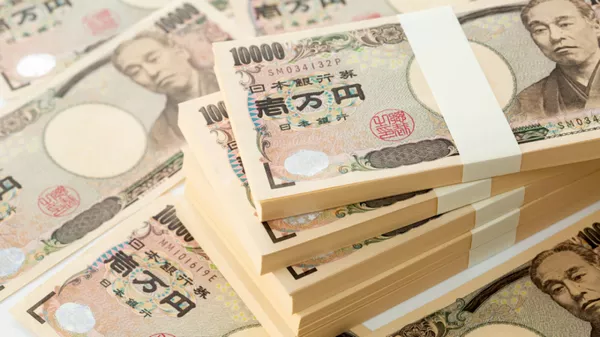In the early Asian session on Wednesday, the USD/JPY pair continues its ascent, marking the fourth consecutive day of positive territory as it hovers near 156.55. The uptrend in the pair is fueled by speculation surrounding the Federal Reserve’s stance on maintaining higher rates amidst persistent inflationary pressures. However, apprehensions regarding potential intervention by Japanese authorities in the foreign exchange markets pose a potential obstacle to the upside momentum of USD/JPY.
Federal Reserve Chair Jerome Powell’s reiterated stance on Tuesday emphasized the sluggish pace of inflation easing, with the April Producer Price Index (PPI) figures offering further rationale for an extended period of elevated rates. Despite these hawkish sentiments, Powell clarified that the Fed does not currently foresee a rate hike. Nevertheless, the overall hawkish tone from Fed officials could bolster the US Dollar (USD), providing a favorable tailwind for USD/JPY.
The latest data from the Bureau of Labor Statistics revealed that the US PPI rose by 2.2% year-on-year in April, matching expectations and surpassing the previous month’s increase of 1.8% (revised from 2.1%). Additionally, the Core PPI, excluding volatile food and energy costs, saw a year-on-year jump of 2.4% in April compared to a 2.1% increase in March. On a monthly basis, both the PPI and Core PPI recorded a 0.5% increase in April.
Looking ahead, investor attention will be keenly focused on the US Consumer Price Index (CPI) and Retail Sales reports for April. These forthcoming releases are anticipated to offer valuable insights into the potential timing of the Fed’s initial rate adjustment.
Meanwhile, on the Japanese front, Finance Minister Shunichi Suzuki’s remarks on Tuesday emphasized the government’s commitment to closely collaborate with the Bank of Japan (BoJ) on FX market matters. Suzuki highlighted readiness to undertake all necessary measures in the event of FX market disruptions. Such statements have stoked concerns of further FX intervention by Japanese authorities, potentially providing support for the Japanese Yen (JPY) and tempering the upside potential of the USD/JPY pair.

























